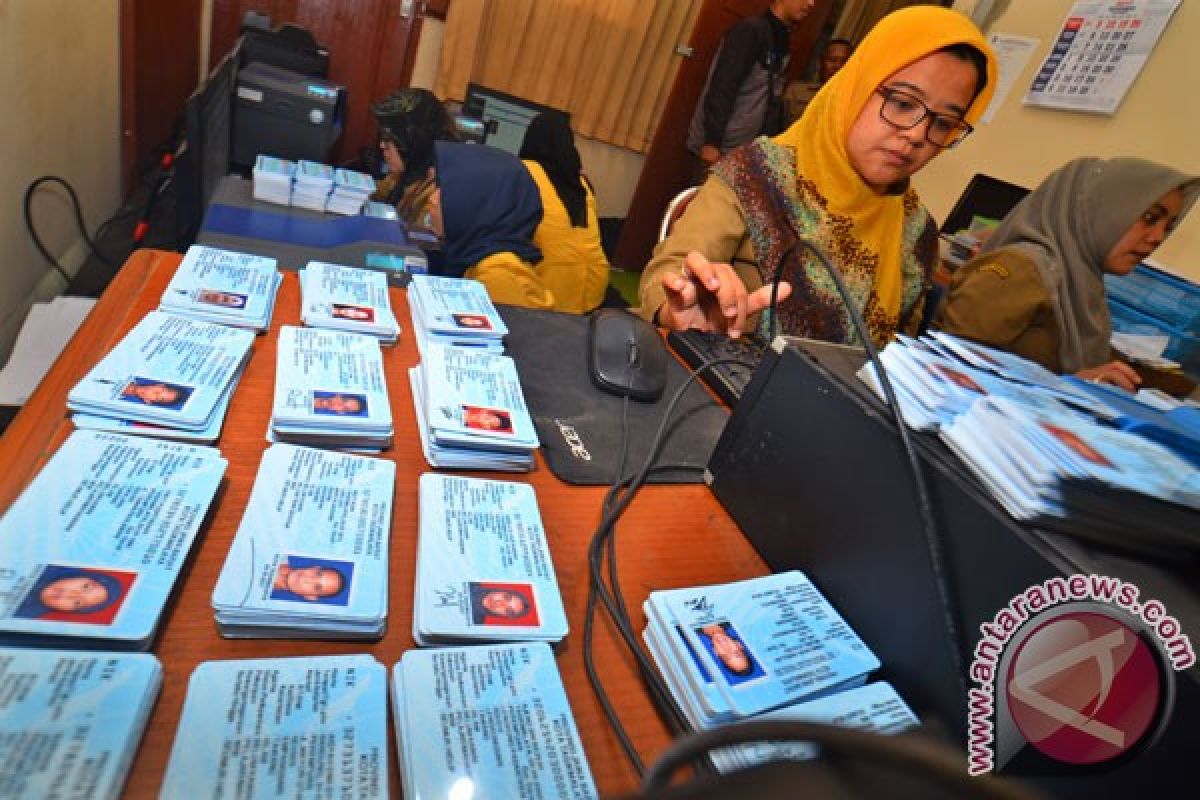Rapid population growth and urbanization will have a dramatic effect on the increased demand for jobs, housing, energy, clean water, food, transportation infrastructure, and social services.
With more than half of Indonesia`s population living in cities following rapid urbanization, it will change the landscape of human settlement, posing significant risks on living conditions, the environment, and development.
The influx of new migrants seeking employment in cities usually gives rise to social problems if the existing infrastructure fails to cope with them.
Migrating to cities facing housing shortages will lead to an increase in slums and squatter settlements, with increased crime rate.
However, migration to urban areas is inevitable, as this issue had yet to be optimally addressed.
Urbanization is an old persistent problem, as the approach to handling this issue has not changed. Individually, it is difficult to prevent rural people from migrating to urban areas that continue to attract villagers, with low educational backgrounds, to migrate and work in the informal sectors.
However, Minister of National Development Planning and Head of the National Development Planning Agency (Bappenas) Bambang Brodjonegoro has stated that urbanization will have a positive impact on the country`s economy if it could be managed optimally.
The minister stated that if handled properly by providing basic services, infrastructure, sanitation, drinking water, and housing as well as by improving public transportation, urbanization will bring a positive impact on the economy.
By 2045, the country`s workforce is projected to reach 206 million, and the elderly population of above 60 years of age will reach 44.9 million.
However, Brodjonegoro remarked that Indonesia has witnessed an imbalance in growth and distribution of population. Most of the population, or some 59 percent, lives on Java Island and 21 percent on Sumatra Island, both in the western part of Indonesia.
Java has become the most populated island, with more metropolitan areas as compared to other islands in Indonesia.
It will be important for Indonesia to diffuse the growth to other major islands and to balance and reduce inter-regional inequality, he remarked.
Hence, the minister suggested to develop a new metropolitan area outside Java Island.
In 2015, metropolitan areas have contributed to more than one-third of the national gross domestic product.
Rapid urbanization in Indonesia during the period from 1996 to 2016 has led to economic growth, but the rate was not as fast as those in China and other East Asia and Pacific (EAP) countries.
Every one percent growth in the population in urban areas in China and the EAP countries led to a growth of three percent and 2.7 percent, respectively, in the income per capita per year.
In Indonesia, the growth of income per capita was only recorded at 1.4 percent per year.
However, it will become a problem if people with low educational backgrounds are unable to compete in the urban areas and then become unemployed and live in slums.
Hence, one approach to preventing rural people from migrating to cities is to narrow the gap between the urban and rural areas by prioritizing rural development.
Developing rural areas will have a similar effect as a candy that attracts ants, rather than preferring to live in urban areas.
The June 2015 edition of Ayo ke Desa (Lets Go to Village) magazine, published by Rural, Disadvantaged Regions and Transmigration Ministry`s Directorate General of Rural Area Development, highlights that developed rural areas, supported by self-supporting villages, will be able to slow down the rate of urbanization.
It said the ministry can reduce the rate of urbanization by bringing about prosperity in villages. If the villages are already prosperous, then their citizens will not migrate to urban areas to live and work there.
The lack of growth opportunities in rural areas has compelled several of its inhabitants to leave their native villages to explore opportunities in urban areas.
The stream of urbanization is similar to a double-edged sword that has negative impacts; firstly, the villages lose their best sons, as they move to the city to seek a better life; and secondly, urbanization leads to inequitable distribution of development between the urban and rural areas.
The United Nations (UN) in the 2014 World Urbanization Prospects report stated that more than half of the world`s population, or 52.1 percent, lived in urban areas in 2011.
This figure will continue to increase and was expected to reach 59.9 percent in 2030 and 67.2 percent in 2050.
In Asia, the UN estimated that half of the population will reside in urban areas by 2020. The UN further estimated that by 2025, some 60.3 percent of Indonesia`s population will live in urban areas.
A World Bank study in 2012 confirmed that most of Indonesia`s population, or 51 percent, lived in urban areas, a central trigger of which was ongoing urbanization.
The urbanization rate also revealed that Indonesia recorded the highest rapid growth as compared to other countries in Asia. This trend was expected to continue.
The World Bank has forecast that 68 percent of Indonesia`s population will live in urban areas by 2025.
The rapid pace of urbanization shows that the people also chose to live in urban areas. It also provides added economic value to the urban areas.
Urban development in Indonesia shows a structural transition, which has occurred due to its shift from a country that was initially dominated by an agricultural and rural economy to an urban economy driven by the manufacturing and service sectors.
Editing by Soeharto
Reporter: Otniel Tamindael
Editor: Yosep Hariyadi
Copyright © ANTARA 2018











